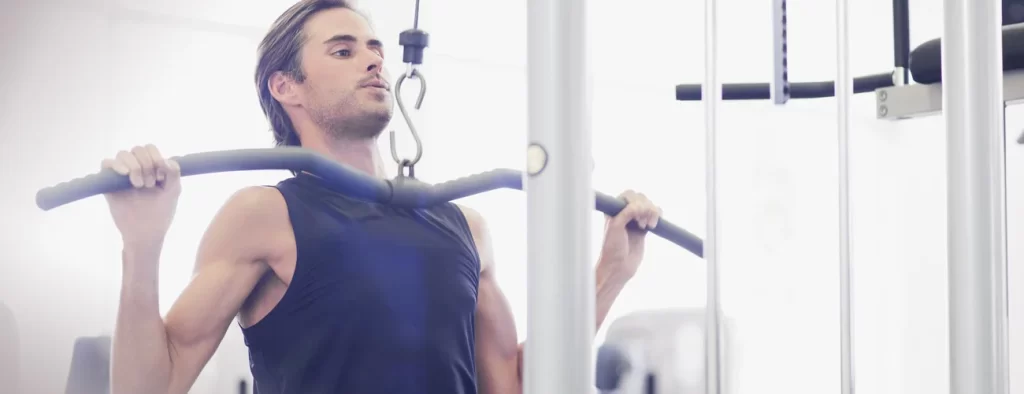Muscle Strengthening Exercise Routines
3 min read
Exercise can bring many health benefits, but sticking to a workout schedule requires dedication and discipline. Aim for at least 150 minutes of moderate-intensity aerobic activity per week as well as 75 minutes of muscle strengthening activities.
Start off slow, gradually increasing time, frequency and intensity as your body adapts.
Push-ups
Push-ups are an accessible strength-training exercise for chest, arms, shoulders and core that can easily be tailored to any ability level or injury. Push-ups may improve posture which in turn helps alleviate back pain and headaches; as well as decrease fracture risks and strengthen bone density; these factors could reduce osteoporosis risk and other bone conditions.
Pushups are an accessible yet efficient bodyweight exercise, making them a staple component of yoga, high-intensity interval training (HIIT), or weight lifting routines. As they require no equipment and can be done anywhere that provides enough floor space, pushups make a perfect addition to your workout regimen.
Standard pushups start by moving into plank position with hands slightly wider than the shoulders and then bending elbows to lower your head to just above the ground before returning up into an upward movement with arms straightened and chest lifted back up again in one smooth movement. A pike pushup, however, requires much greater concentration on triceps muscles for success.
Lunges
Lunges are an effective lower body exercise that can easily be added to any routine. They target multiple muscles and help improve balance and posture while also increasing strength and toning your body – particularly those in your gluteus muscle, quads, hamstrings and calves which lunges can target.
Lunges are straightforward exercises to perform and can even be completed without using equipment in a gym. However, if you suffer from knee or hip issues lunges may not be appropriate. In such a scenario, consult your physician in order to make sure lunges can safely be performed.
Simply stand with both feet hip-width apart and squeeze the glutes to keep your back flat. Step forward with one leg at a time until its knee is roughly parallel with the floor while its opposite knee points toward the ground, and lower both down until both knees touch the floor before pushing through with your front foot back toward starting position with both feet together – repeat this for even repetitions with both legs!
Calf Raises
Standing calf raises are an easy and simple way to strengthen calves at home or the gym, whether alone or as part of an overall leg training program, according to India McPeak, CSCS (Certified Strength and Conditioning Specialist), former collegiate gymnast and strength and conditioning specialist. They strengthen two main muscles that run along the backs of lower legs – two main ones which India McPeak credits as strengthening leg training as a whole; additionally they help stabilize ankles and feet to lower injury risk!
Starting off a basic standing calf raise requires standing with feet shoulder-width apart on a flat surface and raising up onto your tiptoes before slowly lowering yourself back to regular standing position. Repeat 12-15 times before increasing reps or trying one-legged raises which add an additional balance and core challenge. For added variety, add using steps or elevating machines as ways of challenging different muscles during exercise.
Chest Raises
Chest raises are an effective way to strengthen and tone chest muscles as well as those found in upper arms and shoulders. Furthermore, chest raises help provide stabilization for collarbone and shoulder joint injuries as well as being an excellent exercise option for recovering athletes.
Start off by picking up a set of dumbbells and sitting comfortably with your back flat and feet wider than hip-width apart on the floor. Push the dumbbells towards your chest while pausing to contract the pectoral muscles; slowly lower back down while exhaling.
Rusin suggests this variation of chest flyes to build definition in the middle region of your chest and to reduce stress on shoulders compared to standard flyes; by bending elbows as weights are lowered, this exercise keeps tension on the pecs while taking some pressure off shoulders.







